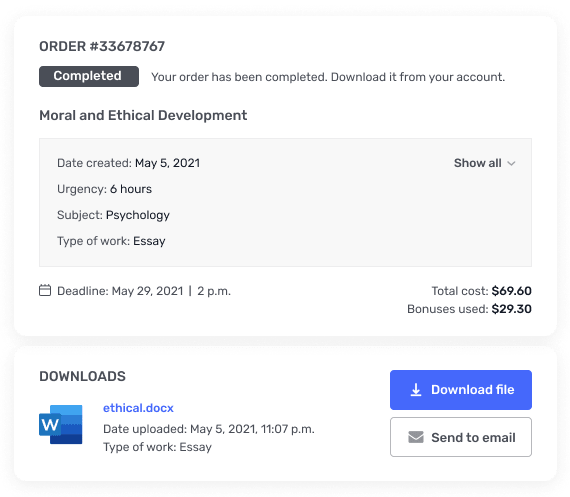Illinois Industries has decided to borrow money by issuing perpetual bonds
Q1) Illinois Industries has decided to
borrow money by issuing perpetual bonds with a coupon rate of 7 percent,
payable annually. The one-year interest rate is 7 percent. Next year, there
is a 35 percent probability that interest rates will increase to 9 percent,
and there is a 65 percent probability that they will fall to 6 percent.
a.
What will the market value of these bonds be
if they are noncallable?(Do not round intermediate calculations and round your final
answer to 2 decimal places. (e.g., 32.16))
Market
value
$
b.
If the company decides instead to make the
bonds callable in one year, what coupon rate will be demanded by the
bondholders for the bonds to sell at par? Assume that the bonds will be
called if interest rates fall and that the call premium is equal to the
annual coupon.(Do not round intermediate calculations and round your final
answer to 2 decimal places. (e.g., 32.16))
Coupon
rate
%
c.
What will be the value of the call provision
to the company?(Do not round intermediate calculations and round your final
answer to 2 decimal places. (e.g., 32.16))
Value of
the call provision
$
Q2) Cavo Corporation
expects an EBIT of $19,750 every year forever. The company currently has no
debt, and its cost of equity is 15 percent. The corporate tax rate is 35
percent.
a.
What is the current value of the
company?(Do
not round intermediate calculations and round your final answer to 2 decimal
places. (e.g., 32.16))
Current
value
$
b-1.
Suppose the company can borrow at 10
percent. What will the value of the firm be if the company takes on debt
equal to 50 percent of its unlevered value?(Do not round intermediate calculations and
round your final answer to 2 decimal places. (e.g., 32.16))
Value of
the firm
$
b-2.
Suppose the company can borrow at 10
percent. What will the value of the firm be if the company takes on debt
equal to 100 percent of its unlevered value?(Do not round intermediate calculations and
round your final answer to 2 decimal places. (e.g., 32.16))
Value of
the firm
$
c-1.
What will the value of the firm be if the
company takes on debt equal to 50 percent of its levered value?(Do not round
intermediate calculations and round your final answer to 2 decimal places.
(e.g., 32.16))
Value of
the firm
$
c-2.
What will the value of the firm be if the
company takes on debt equal to 100 percent of its levered value?(Do not round
intermediate calculations and round your final answer to 2 decimal places.
(e.g., 32.16))
Value of
the firm
$
Q3) Rolston Corporation is comparing two
different capital structures, an all-equity plan (Plan I) and a levered plan
(Plan II). Under Plan I, Rolston would have 265,000 shares of stock
outstanding. Under Plan II, there would be 185,000 shares of stock
outstanding and $2.8 million in debt outstanding. The interest rate on the
debt is 10 percent and there are no taxes.
a.
If EBIT is $750,000, what is the EPS for
each plan?(Do not round intermediate calculations and round your final
answers to 2 decimal places. (e.g., 32.16))
EPS
Plan I
$
Plan II
$
b.
If EBIT is $1,500,000, what is the EPS for
each plan?(Do not round intermediate calculations and round your final
answers to 2 decimal places. (e.g., 32.16))
EPS
Plan I
$
Plan II
$
c.
What is the break-even EBIT?(Enter your answer in
dollars, not millions of dollars, i.e. 1,234,567. Do not round intermediate
calculations.)
Break-even
EBIT
$




